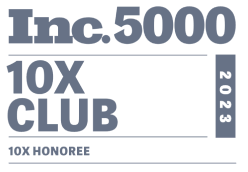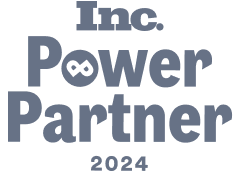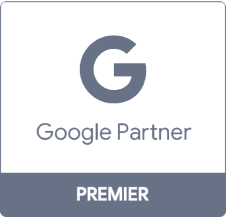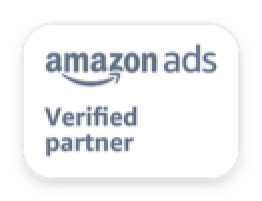PPC for B2C Companies
PPC operates with the same fundamentals for business to business (B2B) and business to consumer (B2C). The greatest difference between the two is also the greatest challenge for B2C — the competitive landscape. Typically, B2C businesses operate in a highly competitive market where they have to differentiate themselves from hundreds if not thousands of competitors.
However, B2C businesses can still thrive in the world of PPC by learning how to create smart PPC strategies and implement tactics to help them maximize their results.
B2C PPC Agency: Partner with the PPC Experts at WebFX
B2CPartner With the SEO Agency Behind $2.4 Billion in Client Results Capture more traffic, rankings, and revenue with WebFX, the SEO agency for companies looking to drive revenue from search. Learn how our custom plans, award-winning team, and AI-powered software […]
~ 9 minute read
View Full Story
B2C PPC Pricing
B2CB2C PPC Pricing: What’s the Cost of B2C PPC Advertising? If you want your business to stay competitive in your market, you must invest in digital marketing strategies that give you a leg up on your competition. With pay-per-click (PPC) […]
~ 8 minute read
View Full Story















